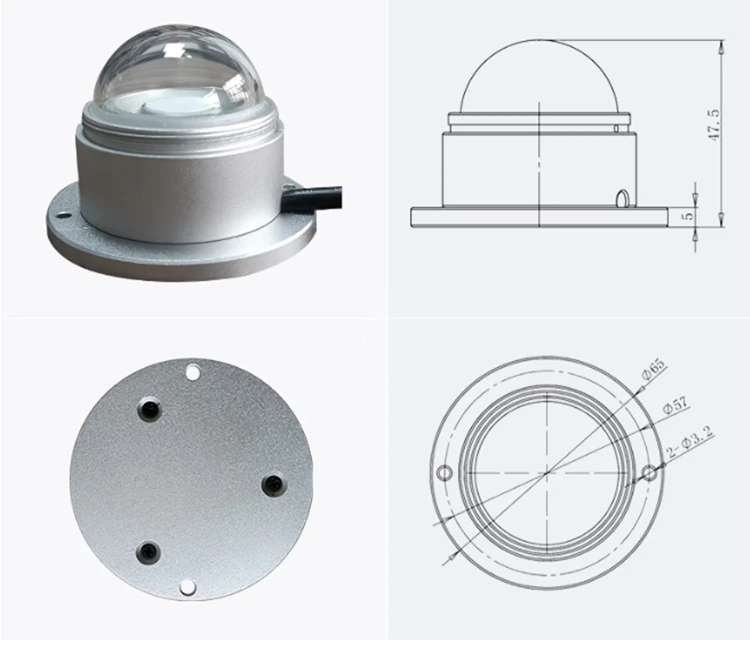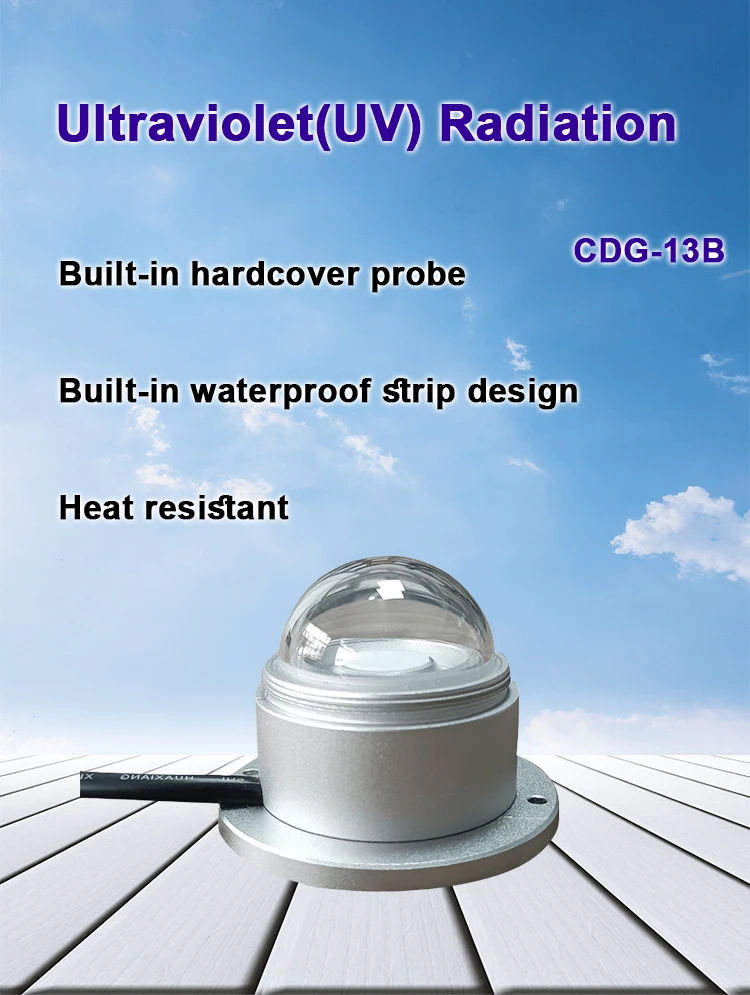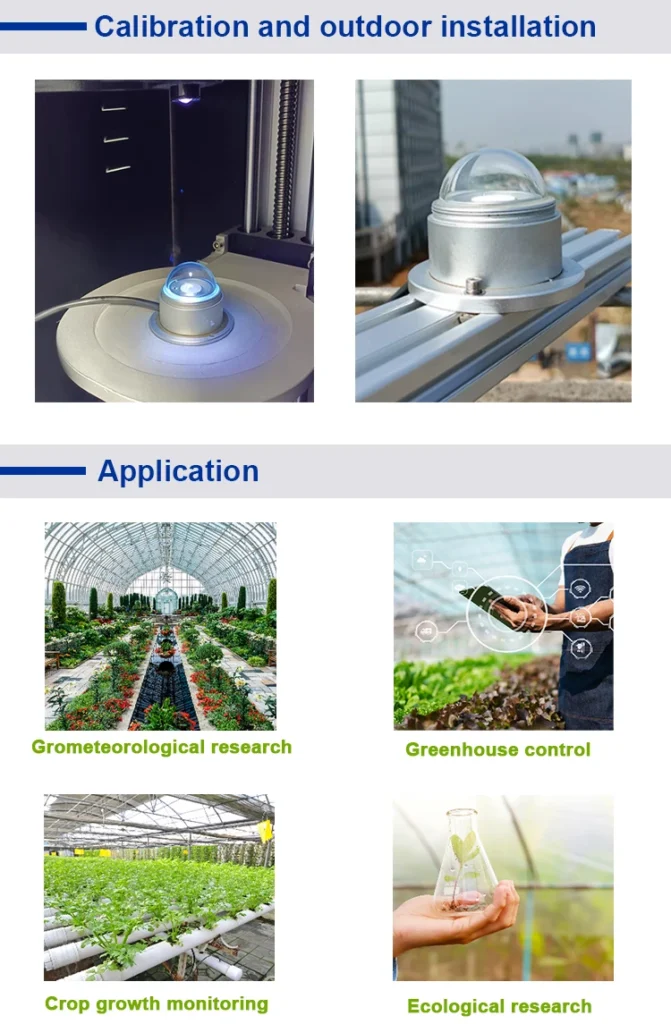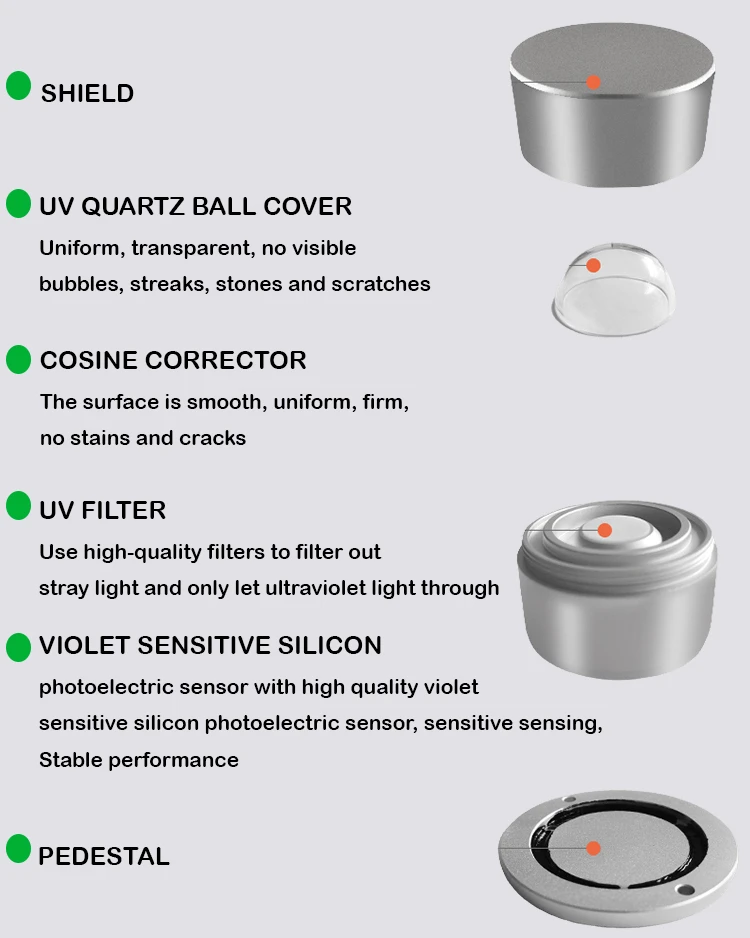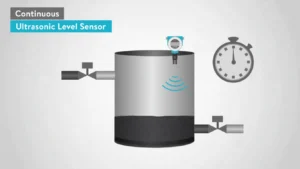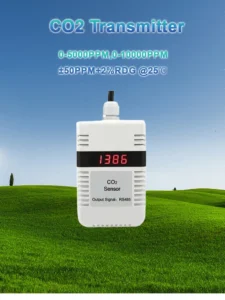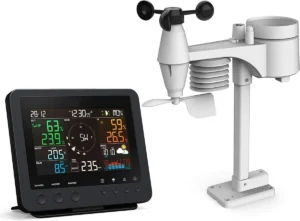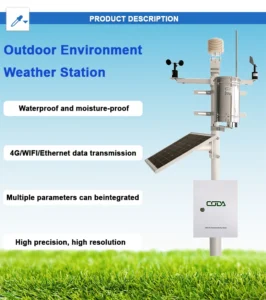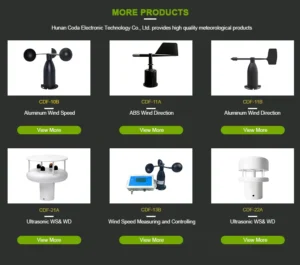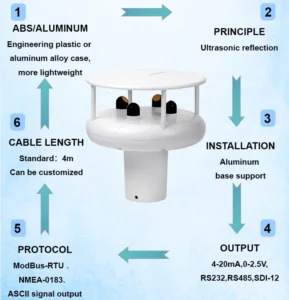what is the uv radiation & ultraviolet radiation measurement
Ultraviolet Radiation Explained
Ultraviolet (UV) rays are an important part of the sun’s light. They cannot be seen by the human eye. UV rays can affect health in both good and bad ways. Scientists split ultraviolet (UV) radiation into three types: UVA, UVB, and UVC.
The reaches the earth’s ozone layer depletion layer absorbs UVC rays. But UVA and UVB rays can still reach the earth surface. These rays can cause early aging of the skin and eyes.
The strength of sun exposure to uv radiation changes based on where you are, the time of day, and the weather. Measuring artificial sources of uv radiation helps us know its high risk and take steps to protect ourselves.
The Significance of UV Index Measurements
Uv index definition : The solar uv Index is a global scale that shows how strong UV rays are. It helps people learn about their risk of skin cancer. It also helps them choose how to protect themselves.
This index looks at the sun’s height, cloud cover, and ozone levels. It gives a clear measure of uv range strength. Using UV Index Sensors at weather stations helps people.
They can choose better outdoor activities. This also helps them stay safe in the sun.
Functionality of Weather Station UV Index Sensors
Weather Station uv intensity Index Sensors are crafted to detect and measure amount of UV radiation with precision. These sensors use new technology to measure UV strength in real-time. The sensors use a photodiode to change UV light into electrical current.
They measure and process this current to make a UV Index value. These sensors are often part of weather stations. They give users UV Index data and other weather details. This includes temperature, humidity, and how fast the wind is blowing.
Applications of UV Index Measurements
The UV Index data has many uses, such as:
1. Sun Protection:
By knowing the UV Index, environmental protection agency epa can plan outdoor activities more easily. It shows the best times to be outside. It also helps you choose the right sun s uv rays protection.
You should wearing protective clothes that block UV rays. Also, wear hats and sunglasses. Also, use wear sunscreen with the right SPF level.
2.Health and Safety:
High UV Index values need extra care. This is very important for people with sensitive skin or health problems. These problems can make them more likely to get sunburned. They can also lead to premature aging and skin cancer.
Outdoor workers, such as construction workers and lifeguards, can use UV Index readings. This helps them stay safe and reduce health risks from the sun damage.
3. Agricultural and Environmental Research:
UV radiation is important in agriculture. It affects how plants grow, how they make food, and how much they produce. UV Index measurements help farmers improve their methods.
They also protect crops from too much UV exposure. It is important in environmental research to measure UV levels. We need to see how they affect ecosystems.
4. Tourism and Trip Planning:
Access to UV Index data helps tourists plan their trips better. By knowing the UV level at a place, travelers can make good choices. They can pack SPF gear and plan outdoor activities better.
Guidelines for Protecting Yourself from UV Radiation
“Along with checking the UV Index, here are some tips to protect yourself from the sun:”
1. Find Shade:
When the UV index predicts is high, find seek shade. This is important between 10 am and 4 pm.
2. Don Protective Apparel:
Wear long-sleeved shirts, long pants, and wide-brimmed hats. These will help protect your skin from UV rays.
3. Use Sunscreen:
Always use broad-spectrum sunscreen with an SPF of 30 or higher on skin that is exposed. Reapply it every two hours. Do this after you swim or sweat.
4. Wear Sunglasses:
Shield your eyes from harmful rays using sunglasses that block 100% of UVA and UVB.
5. Monitor Your UV Index:
Keep up with the local UV Index using weather apps or updates. Change your activities and sun protection plans as needed.
summary
UV Index Sensors at weather stations are important. They measure the levels of UV radiation. These sensors help people make smart choices to protect themselves from harmful UV rays. This can improve their health and well-being.
If you love OEM sensors, you want the best experience. The sensor you choose impacts how happy you are with it.
For more information, visit Coda Sensors to learn more.
While making money is important in sensor manufacturing, I think it’s vital to support something meaningful. Many customers want to help a cause they truly believe in.
Hunan Coda Electronic Tech Co., Ltd. has a full manufacturing facility. It can meet strict rules for any product. A team of skilled experts offers great services.
They quickly meet customer needs and check the quality of sensor products. Their goal is to meet the highest international standards. Visit Coda Sensors for more insights.
